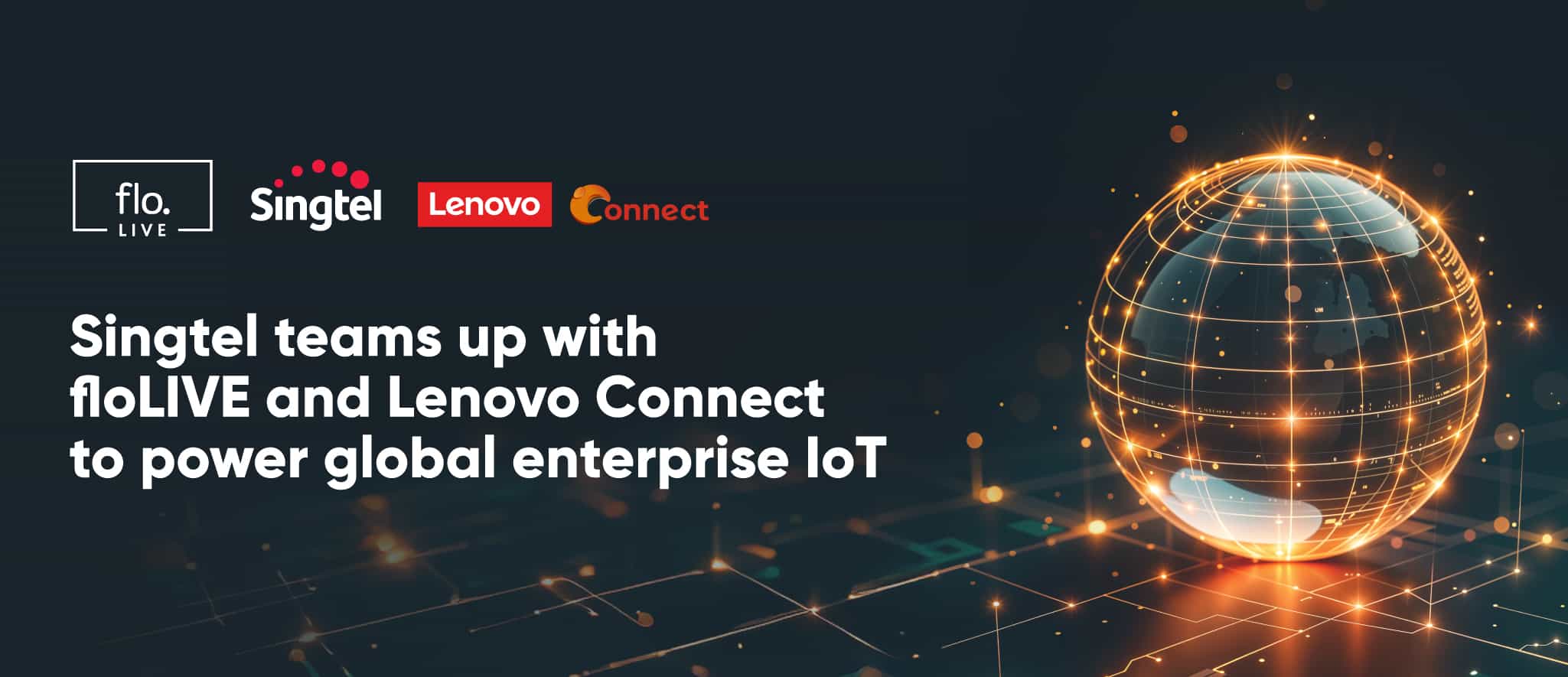Page Contents
Capturing Global IoT Connectivity at Scale
Page Contents
The exponential growth of IoT expected over the next decade demands a flexible, scalable approach to global connectivity. Because of a fragmented mobile network operator ecosystem, the global connectivity space is exceedingly complex. Moreover, there is a growing need for connectivity that is not just global but also highly available, high-performance, and capable of supporting low-power IoT use cases—in short, local connectivity on a global scale.
Traditional Approaches to Global IoT Connectivity
Global connectivity as a utility for enterprise solutions is still a relatively new concept. In the early days of mobile networks, mobile connectivity was simply needed by consumers and was mostly travel-based. This is how roaming became a traditional approach to global connectivity in IoT use cases.
Permanent Roaming
This was initially the best-case scenario, because you could use your home network provider and their roaming agreements in the needed coverage areas. However, roaming restrictions have created a difficult regulatory environment for permanent roaming.
Some countries impose restrictions or outright bans on permanent roaming in order to protect local telecom operators, maintain network integrity, or address national security concerns. Non-compliance can lead to service interruptions, fines or legal issues.
Countries like Brazil, Turkey, and Nigeria have enacted bans on permanent roaming. While not explicitly prohibited, it is effectively restricted in China, Egypt, India, Saudi Arabia, Singapore, and the UAE due to their regulatory frameworks and policies—making permanent roaming practically unfeasible.
Meanwhile, performance is also an issue with permanent roaming outside the regulatory environment. The latency created by sending data to the home network and back to the device creates lag that doesn’t pair well with high-performance use cases.
Even for lower-performance use cases that leverage low-power networks, latency can, over time, strain battery life. These use cases typically rely on a long battery life for the entire device lifecycle. Longer latency requires the device to stay on longer waiting for a response.
Finally, roaming agreements can be subject to change, which does not create a highly reliable solution for the long term. Altogether, permanent roaming has become too barrier-filled to meet the robust needs of today’s IoT connectivity.
Regional Connectivity
Another traditional approach to scalable IoT connectivity is to source it provider-by-provider in the regions where devices are deployed. This is regulatory compliant and resolves latency challenges, but it creates a complex infrastructure to manage.
A U.S.-based organization might deploy devices in Europe, North America, and Latin America. This might require six or more mobile network operator agreements, with multiple connectivity management platforms, contracts, billing and usage cycles, and customer support systems to manage.
Even if there were never any issues with connectivity or usage, this is still a lot to manage. If something were to occur, troubleshooting and resolving the issue could take a lot of operational costs on the organization’s part.
The bottom line is: most organizations are leveraging IoT as a value-add and do not have the internal departments, support, and resources to manage the complexities of IoT connectivity.
‘Newer’ Approaches to Global IoT Connectivity
The need for global IoT connectivity that is accessible and easy to manage is being addressed in several key ways, simplifying the logistics and management of accessing multiple mobile networks, while providing the benefits of moving from network to network without restrictions.
eSIM
eUICC, or Embedded Universal Integrated Circuit Card, is a SIM card built directly into a device’s hardware, rather than being a removable component. This embedded SIM offers flexibility and convenience by allowing remote provisioning and managing mobile network profiles. With eUICC, users can switch between network operators without physically changing SIM cards, which is particularly useful for IoT devices.
It supports multiple profiles, enabling connectivity across different networks globally, and it also creates a single-SKU approach to global connectivity that simplifies logistics.
However, one associated challenge with eSIM is that integrations with the eSIM Remote Service Provisioning (RSP) platform can be challenging and inexpensive. Battery life can be drained faster, as well, due to the need to download profiles.
Multi-IMSI
Multi-IMSI (International Mobile Subscriber Identity) technology allows a single SIM card or eSIM to store and use multiple IMSI numbers. This capability enables a device to connect to various mobile networks or switch between operators seamlessly.
Because the profiles are pre-loaded onto the SIM, they are readily available, with no need to download them over-the-air (OTA), which helps support battery life.
A particularly unique approach to a single-SKU, global SIM is combining eUICC and multi-IMSI. This method involves using a multi-IMSI provider for connectivity within the primary profile of your eUICC-compliant eSIM. You can access multiple IMSIs within a single profile.
IMSI switching can be performed OTA, downloading only the IMSI, and avoiding the high data costs of a full-profile download.
You can manage all your IMSIs from one portal by partnering with a vendor that provides a comprehensive connectivity management platform for any SIM form factor. This eliminates the need for multiple vendor agreements, and allows you to switch IMSIs as needed, without contacting operators.
The common denominator is that both of these approaches use local connectivity on a global scale and are not dependent on roaming.
Localized Global IoT Connectivity
A single-source, single-SKU approach to global connectivity is the next generation for IoT, and it’s rooted in the ability to use multi-profile connectivity sourced locally. floLIVE provides this through a core network infrastructure based on more than 40 local points of presence around the globe, a robust IMSI library, and strong carrier relationships.
By leveraging floLIVE, enterprises, Mobile Network Operators (MNOs) and Mobile Virtual Network Operators (MVNOs) can access a world of IoT connectivity through one provider.
For enterprises
Organizations have access to reliable and powerful local connectivity through a single source. There is no need to manage multiple contracts with MNOs, or rely on roaming to have global connectivity.
For MNOs
Partnering with floLIVE allows MNOs to join our IMSI library and expand from a regional to a global footprint. This creates recurring revenue in the low-ARPU, challenging IoT market.
For MVNOs
Instead of building infrastructure through reliance on MNO relationships, MVNOs can leverage floLIVE as a partner to deliver robust, reliable, and resilient global connectivity through a single pane of glass.
Join floLIVE at MWC Las Vegas
Local connectivity is the next evolution of how IoT devices are connected, and floLIVE is at the forefront with our fully owned and operated infrastructure. We’ll be at Mobile World Congress Las Vegas October 8-10 to discuss how our approach to IoT connectivity benefits enterprises, MNOs, and MVNOs, and ushers in a new world of connectivity. Stop by Booth #937 to learn more, or reach out to schedule a 1:1 meeting with one of our experts.

Join Our Newsletter
Get the latest tips and insights in our monthly newsletter.










